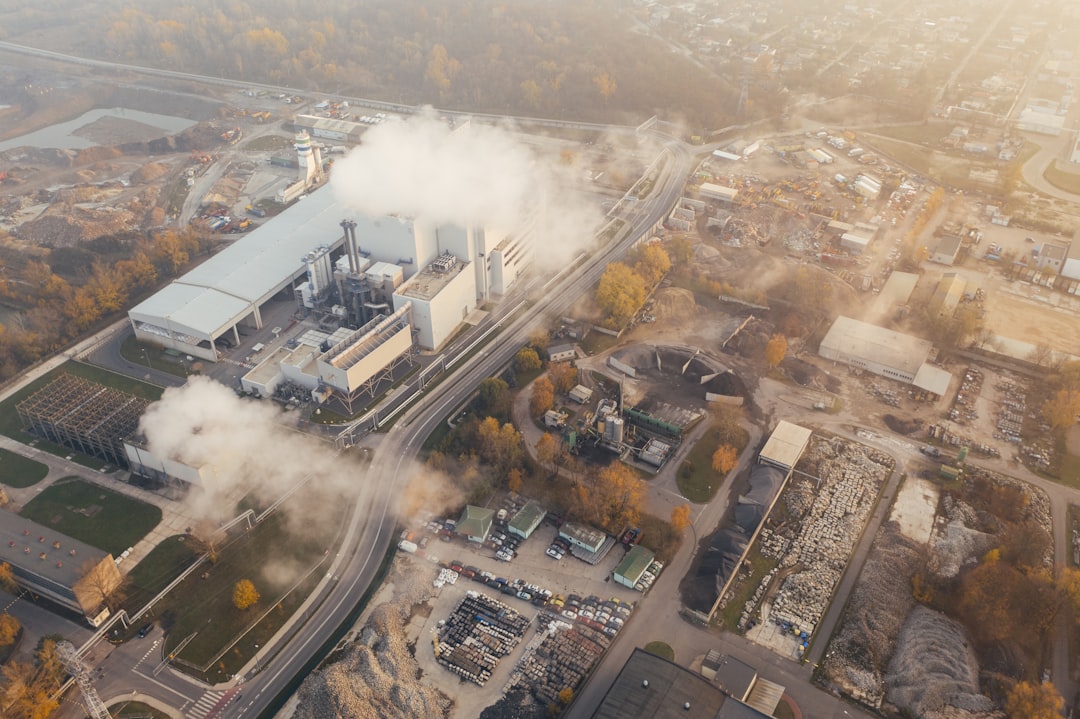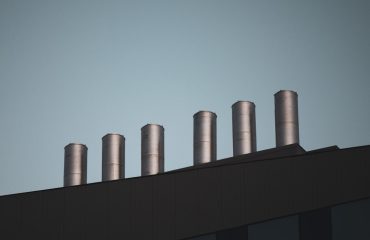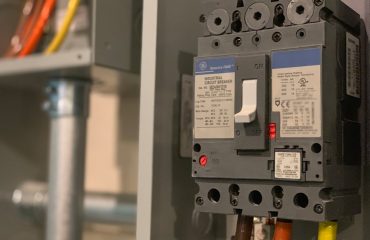Selecting the right pipe is paramount in energy projects. A seemingly minor oversight in pipe selection can lead to significant consequences, including costly repairs, environmental damage, safety hazards, and project delays. This comprehensive guide delves into the critical factors you must consider when choosing pipes for your energy infrastructure projects, ensuring efficiency, safety, and longevity.
1. Understanding Your Energy Project’s Specific Needs
Before diving into material specifications and pressure ratings, it’s crucial to thoroughly understand the unique demands of your energy project. This involves several key considerations:
- Type of Fluid Transported: Are you transporting crude oil, natural gas, refined petroleum products, water, or other fluids? Each fluid has unique properties (viscosity, corrosiveness, temperature) that dictate the appropriate pipe material and wall thickness.
- Operating Pressure and Temperature: The pressure and temperature the pipe will endure throughout its operational lifespan are critical. Higher pressures and temperatures demand pipes with enhanced strength and resistance to creep and fatigue.
- Project Location and Environmental Conditions: Geographic location influences factors like soil conditions, seismic activity, and potential for corrosion. Extreme climates (e.g., arctic or desert) require pipes with specific resistance to temperature fluctuations and environmental degradation.
- Project Budget and Timeline: The cost of different pipe materials varies significantly. Balancing cost-effectiveness with performance and longevity is essential. The project timeline also influences material choices, as some materials may have longer lead times.
- Regulatory Compliance: Adherence to local, national, and international regulations is non-negotiable. Choose pipes that meet all applicable safety and environmental standards.
2. Choosing the Right Pipe Material: A Material Science Deep Dive
The selection of pipe material is arguably the most critical decision. Common materials include:
- Steel: The most widely used material due to its strength, durability, and relatively low cost. Different steel grades (carbon steel, alloy steel, stainless steel) offer varying levels of corrosion resistance and strength. Carbon steel is suitable for low-pressure applications, while alloy steel and stainless steel are preferred for high-pressure and corrosive environments.
- High-Density Polyethylene (HDPE): A lightweight, flexible, and corrosion-resistant plastic material ideal for low-pressure applications, particularly in situations where corrosion is a major concern. HDPE is commonly used for water pipelines and some gas distribution networks.
- Polyvinyl Chloride (PVC): Another plastic material offering good corrosion resistance, but generally suitable for lower pressures and temperatures compared to HDPE. It’s commonly used in water distribution systems.
- Ductile Iron: Offers a good balance of strength and ductility, making it suitable for various applications. It’s often used in water distribution networks and some industrial pipelines.
- Concrete: Primarily used for large-diameter pipelines, particularly in applications requiring high structural integrity. Concrete pipes are commonly used for wastewater and irrigation systems.
3. Calculating Pipe Diameter and Wall Thickness: Precision Engineering
Accurate calculation of pipe diameter and wall thickness is crucial for ensuring the pipeline’s capacity and structural integrity. These calculations are based on factors like:
- Flow Rate: The volume of fluid to be transported per unit time dictates the required pipe diameter. Insufficient diameter leads to excessive pressure drop and reduced efficiency.
- Fluid Velocity: Maintaining an optimal fluid velocity is essential to prevent erosion and ensure efficient flow. Excessive velocity can damage the pipe lining, while low velocity can lead to sedimentation.
- Pressure Drop: Pressure drop along the pipeline must be carefully calculated to ensure sufficient pressure at the destination. This calculation considers pipe length, diameter, roughness, and fluid properties.
- Pressure Rating: The pipe must withstand the maximum operating pressure without failure. Pressure ratings are determined by material properties, wall thickness, and pipe diameter.
- Safety Factors: Safety factors are incorporated into the calculations to account for uncertainties and potential variations in operating conditions.
Specialized software and engineering expertise are often required for accurate calculations.
4. Considering Corrosion and its Mitigation Strategies
Corrosion is a significant concern in energy pipelines, leading to leaks, failures, and environmental damage. Several factors contribute to corrosion, including:
- Soil Conditions: Acidic or alkaline soils can accelerate corrosion.
- Water Chemistry: Dissolved oxygen and other chemicals in the transported fluid or surrounding soil can contribute to corrosion.
- Electrochemical Processes: Dissimilar metals in contact can lead to galvanic corrosion.
Mitigation strategies include:
- Material Selection: Choosing corrosion-resistant materials like stainless steel or plastic pipes.
- Coating and Lining: Applying protective coatings (e.g., epoxy, polyurethane) to the pipe’s inner and outer surfaces.
- Cathodic Protection: Using an electrochemical process to protect the pipe from corrosion.
- Regular Inspection and Maintenance: Implementing a robust inspection and maintenance program to detect and address corrosion early on.
5. Installation and Ongoing Maintenance: Ensuring Long-Term Performance
Proper installation and ongoing maintenance are crucial for maximizing the lifespan and performance of energy pipelines. This includes:
- Careful Handling and Transportation: Avoiding damage during handling and transportation to prevent leaks and failures.
- Professional Installation: Ensuring proper welding, joining, and bedding techniques to prevent leaks and structural weaknesses.
- Regular Inspections: Implementing a schedule for regular inspections to detect leaks, corrosion, or other issues early on.
- Preventative Maintenance: Performing regular maintenance tasks to prevent issues before they become major problems.
- Emergency Response Plan: Having a plan in place to address leaks or other emergencies quickly and safely.
Choosing the right pipe for energy projects is a complex process requiring careful consideration of various factors. By following these guidelines and seeking expert advice when needed, you can ensure the selection of pipes that meet your project’s specific needs, ensuring safety, efficiency, and long-term performance.
Tags: energy pipelines, pipe selection, pipeline engineering, pipe materials, pressure rating




